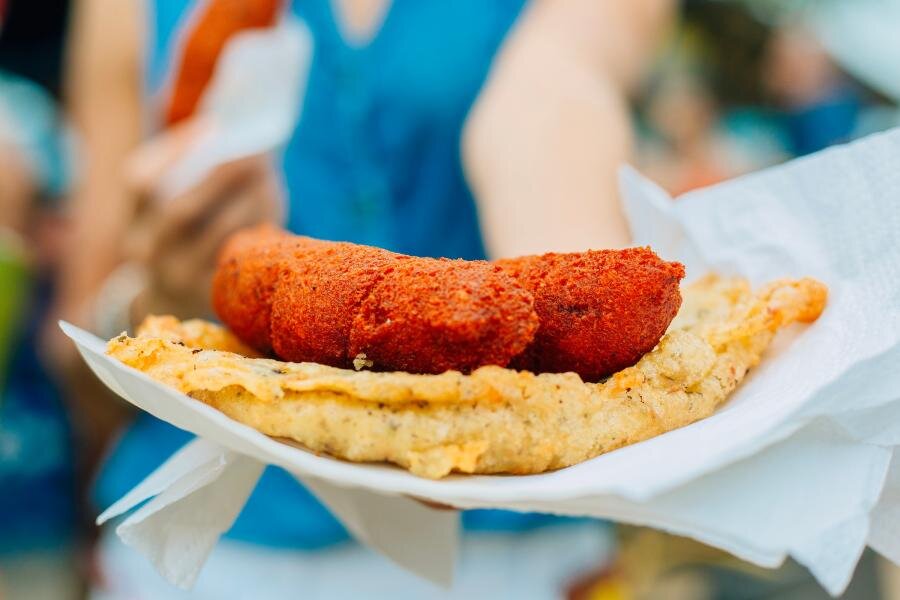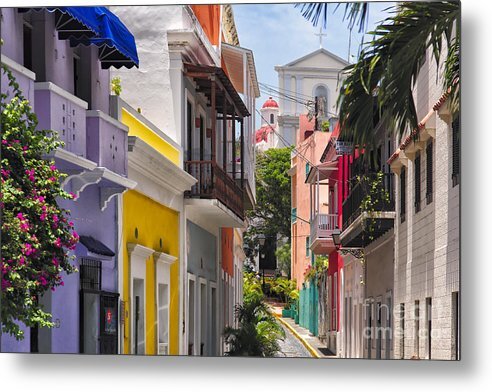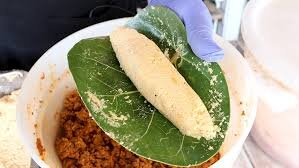
Alcapurrias
Hello fellow foodies!!
Before we begin this week’s recipe, I just wanted to let you know that there are only 6 more weeks to this semester! That means that there are only 6 more blog posts left. I have taught you all the tools, and I have given you simple recipes to follow. This week’s recipe will be the last “easy” recipe to follow, and we are going to start getting into the good stuff! I think by this time you have managed your way around the kitchen and have mastered how to use all the basics to the upcoming recipes I’m going to add. You got this!
This week’s recipe is……
Badadaadad (those are drum rolls, Idk, I tried!)
Alcapurrias!! Weeepaaa. (You probably already knew because of the thumbnail pic)
Alcapurrias are a staple to Puerto Rican culture (aside from arroz con guandules). These deep fried, meat filled fritters are to die for. I guarantee you will love them! They are made and eaten year-round, stuffed with ground meat, turkey, or chicken and even crab meat. But I have to say there’s nothing like an alcapurria with a lemonade in the city’s summer weather. This brings back childhood memories of open fire hydrants, running through the pouring water and the Dons on the block splashing us with buckets of water.
Also! You know what times it is!
Alcapurria is a very popular dish on the Island as well as in the US. In Puerto Rico you can see these frituras sold on carts by the beach or in Old San Juan. The original recipe is called Kibbeh and it was introduced to Puerto Rico through Egyptian, Lebanese and North African immigrants in the late 19th and early 20th century. The Kibbeh is a National dish for Syria and Lebanon and it is made with bulgur wheat and pine nuts but currently, there are around 17 versions of this recipe!
Now, I’m not sure if my recipe is a part of the 17, but I’m going to show you how to make it anyway.
Intermediate recipe (3 part recipe).
This recipe makes about 15 to 16 Alcapurria’s. After assembling you can freeze them. If not then cut the recipe in half.
Part 1:
Ingredients:
Paste:
1. 5 green bananas
2. 1-pound yautia
3. 4 cups of water
4. Salt
5. 1teaspoon Vinegar
6. 1 tablespoon of melted but cooled shortening
7. Sazon with Achiote coloring
Remember to add the seasoning based on your preference.
Fill a bowl with your water and salt. Not too salty, it shouldn’t taste like sea water. Cut the ends of your banana, peel and cut in half placing them into the water. Peel your Yautia and place them in the salt water also.
Get a clean dry bowl for your paste. If you have a food processor, make sure you cut your pieces small enough to get a fine consistency. If not, get a hand grater, use the finest side on it and start grating each piece into your bowl. Once you have finished grating your vegetables, season with salt, sazon, shortening and vinegar.
Cover and let sit for minimum 4 hours, it’s even better if you leave it overnight.
Part 2
Filling Ingredients:
1. ½ pound of a ground meat of your preference
2. Dried oregano
3. Salt
4. Olive oil vinegar
5. Sazon with Achiote coloring
6. Capers
Chop:
7. 1-ounce cured ham (optional)
8. ½ ounce salt pork (optional)
9. Garlic clove
10. ½ green pepper
11. 2 sweet chili peppers
12. ½ a yellow onion
13. Large stuffed olives
Place your ground beef and chopped veggies, except the olives in a bowl. Mix and season with dried oregano, ½ a packet of sazon, salt, olive oil and vinegar.
In a caldero (heavy kettle) add 1 teaspoon of olive oil and add your seasoned meat. Stir constantly until it has turned brown and the redness in your meat has disappeared. Add your chopped olives, capers and the rest of the sazon packet. Reduce your heat to low and simmer for 10 minutes. (If you added the pork items, cook for an additional 20 minutes). Uncover your pot and cook another 10 minutes. Let cool.
Part 3
Assembling:
1. Platano leaf (aluminum works fine)
2. Annatto oil
3. Olive oil
Get a tray and place a napkin over it. Pour oil in the caldero and bring the heat medium. Grab your leaf or aluminum foil (If you’re freezing some away for later use the aluminum foil, that way you can wrap them and place them in the freezer).
With a large spoon spread a small amount of annatto oil on the leaf. You want to spread enough over the leaf to keep the paste from sticking. Then take a heaping spoonful of paste, about the size of your hand and shape the paste into an oval. Not to thin, or it will break up, place some meat filling in the middle. With your spoon, smooth over the edges to cover the filling. If you can’t cover the meat, that means you didn’t add enough paste. Its ok, add a touch more just to cover up the meat and smooth over. No openings or the juice swill stream out and make your oil jump.
Carefully drop your fritter into the hot oil and let it brown on all sides. Remove and drain the oil on your tray. Serve hot!
Cite
“Alcapurria.” 15 Feb. 2021. Web. 16 Apr. 2021.
“Kibbeh.” Wikipedia. Wikimedia Foundation, 09 Apr. 2021. Web. 16 Apr. 2021.









